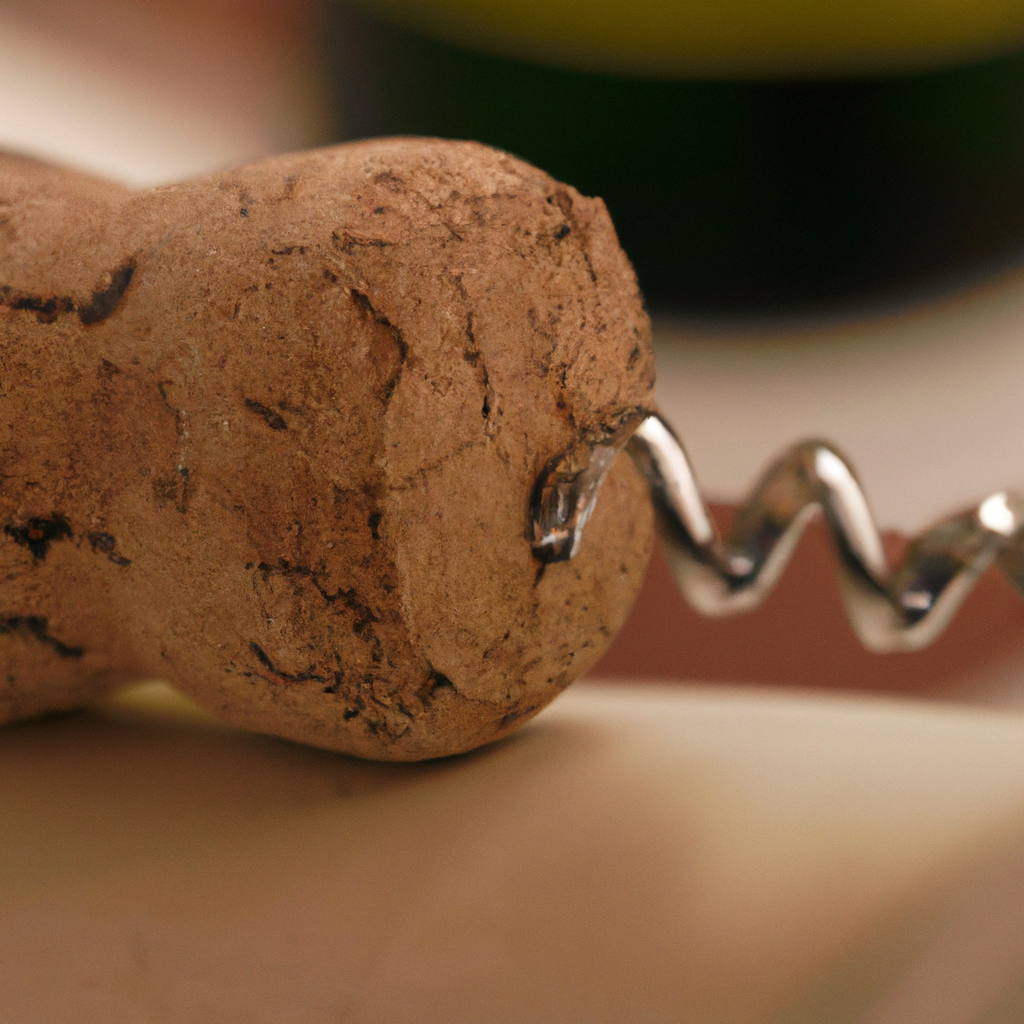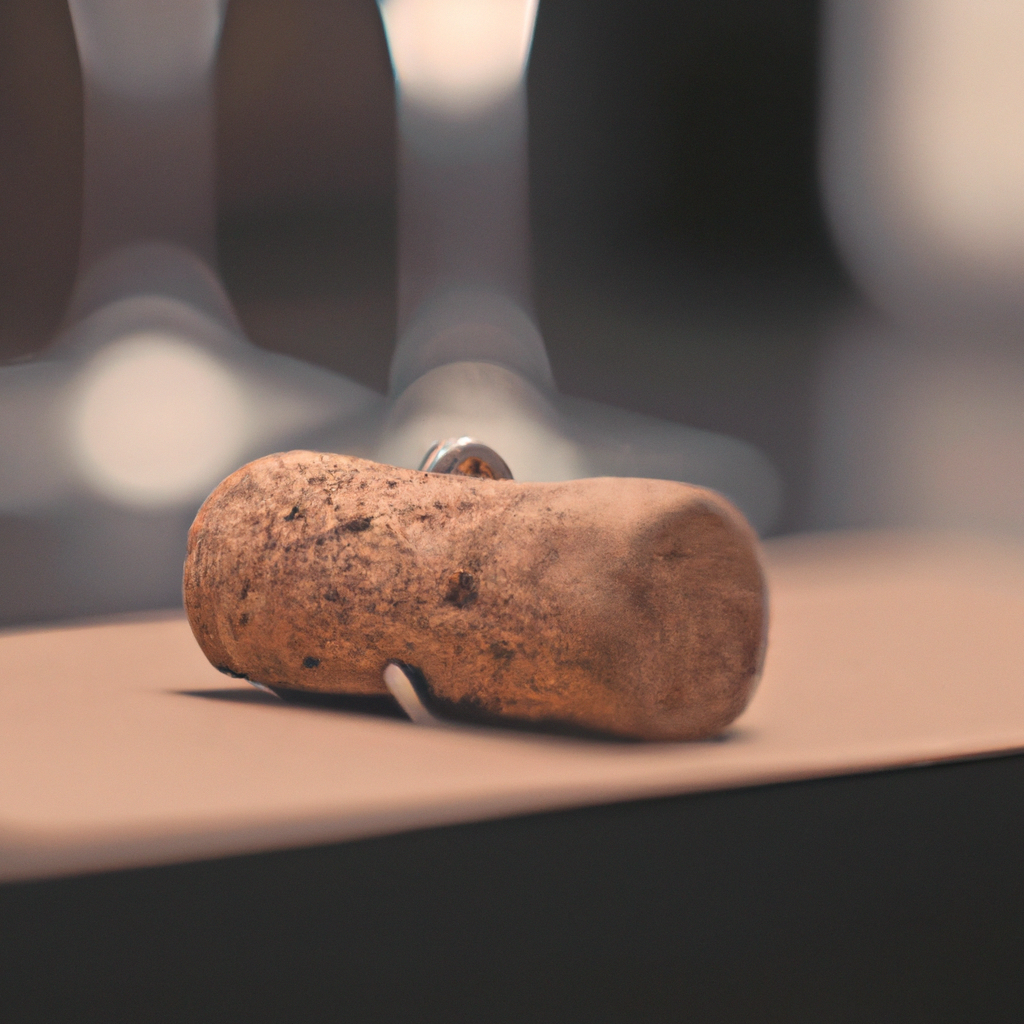
-
Article Summary
- Is it a Concern if the Sommelier Doesn’t Show the Cork?
- Key Takeaways
- Introduction: Uncorking the Tradition
- The Historical Significance of the Cork
- Inspecting the Cork: A Reliable Indicator?
- The Modern Sommelier: Evolving Etiquette
- Enhancing the Wine Tasting Experience
- FAQ Section
- Conclusion: To Cork or Not to Cork
- Revisiting the Key Takeaways
Is it a Concern if the Sommelier Doesn’t Show the Cork?

[youtubomatic_search]
Key Takeaways
- The tradition of presenting the cork is rooted in history and is not necessarily an indicator of the wine’s quality.
- Inspecting the cork can provide some information about the wine, but it is not a foolproof method.
- Modern sommeliers may choose not to present the cork as a part of evolving wine service etiquette.
- Understanding the reasons behind the cork presentation can enhance the wine tasting experience.
- Ultimately, the taste and aroma of the wine are the most reliable indicators of its quality.
Introduction: Uncorking the Tradition
The ritual of the sommelier presenting the cork to the patron is a tradition steeped in history. However, in recent years, this practice has been the subject of debate among wine enthusiasts and professionals alike. This article explores whether it is a concern if the sommelier doesn’t show the cork and what this tradition signifies.
The Historical Significance of the Cork
The practice of presenting the cork dates back to a time when wine fraud was rampant. Unscrupulous merchants would often refill empty bottles of expensive wines with cheaper alternatives. The cork, branded with the winery’s name, served as a proof of authenticity. Thus, presenting the cork allowed the patron to verify that the wine they ordered was indeed the wine they were served.
Inspecting the Cork: A Reliable Indicator?
Some argue that inspecting the cork can provide valuable information about the wine. A moist cork indicates that the wine has been properly stored on its side, keeping the cork wet and preventing it from drying out and letting air in. However, a dry or crumbly cork does not necessarily mean the wine is bad. It could simply mean that the cork is old or of poor quality. Therefore, while the cork can provide some clues, it is not a foolproof method of assessing the wine’s quality.
The Modern Sommelier: Evolving Etiquette
Modern sommeliers may choose not to present the cork as a part of evolving wine service etiquette. This shift is driven by a focus on the wine itself rather than the ceremony surrounding it. As Master Sommelier Laura Maniec explains, “The most important part of wine service is the wine, not the theater around it” (Maniec, 2018).
Enhancing the Wine Tasting Experience
Understanding the reasons behind the cork presentation can enhance the wine tasting experience. It serves as a reminder of the rich history of wine and the efforts taken to ensure its authenticity and quality. However, the absence of this ritual should not detract from the enjoyment of the wine itself.
FAQ Section
- Why is the cork presented during wine service? The cork is presented as a historical practice to verify the authenticity of the wine.
- Can the cork tell you about the quality of the wine? While the cork can provide some clues about the wine’s storage conditions, it is not a reliable indicator of the wine’s quality.
- Is it a concern if the sommelier doesn’t show the cork? No, modern sommeliers may choose not to present the cork as a part of evolving wine service etiquette.
- What is the most reliable way to assess a wine’s quality? The taste and aroma of the wine are the most reliable indicators of its quality.
- Should I ask to see the cork? If you are interested in the tradition and want to inspect the cork, you can certainly ask to see it. However, it is not necessary for assessing the wine’s quality.
Conclusion: To Cork or Not to Cork
The tradition of presenting the cork is rooted in history and serves as a reminder of the efforts taken to ensure the authenticity and quality of wine. However, it is not a reliable indicator of the wine’s quality and should not be a cause for concern if omitted by the sommelier. The evolving etiquette of wine service focuses on the wine itself, and the taste and aroma of the wine remain the most reliable indicators of its quality.
Revisiting the Key Takeaways
- The tradition of presenting the cork is rooted in history and is not necessarily an indicator of the wine’s quality.
- Inspecting the cork can provide some information about the wine, but it is not a foolproof method.
- Modern sommeliers may choose not to present the cork as a part of evolving wine service etiquette.
- Understanding the reasons behind the cork presentation can enhance the wine tasting experience.
- Ultimately, the taste and aroma of the wine are the most reliable indicators of its quality.
[youtubomatic_search]






